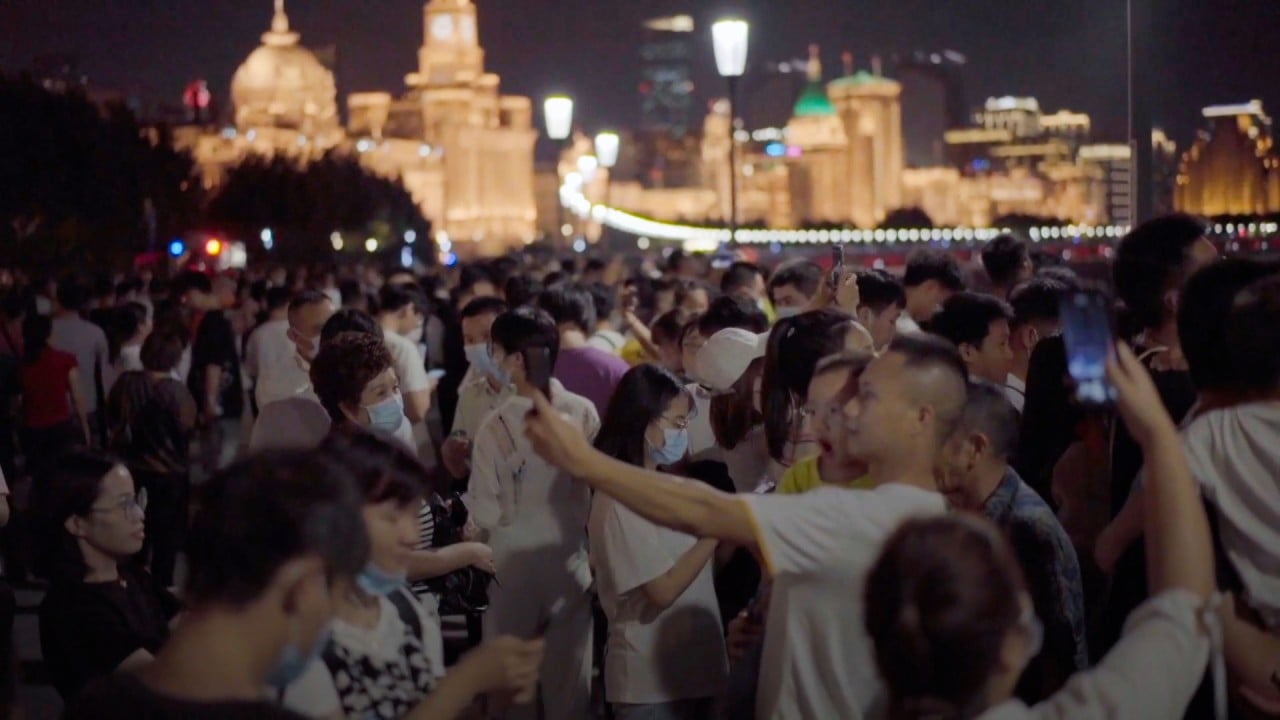
China Tourism, awaiting Hong Kong IPO, touts Hainan duty-free haven for tourist dollars in rivalry with Okinawa, Jeju
- China Tourism looks to Hainan’s offshore duty-free zone to capture domestic tourist dollars, which is expected to reach US$46.5 billion a year by 2025
- The world’s largest travel retailer’s multibillion-dollar IPO is pending approval and may come as early as this quarter
China Tourism filed its listing application with the Hong Kong stock exchange in June, and aimed to make its debut this quarter, people familiar with the matter said. The application is still awaiting approval of the Hong Kong stock exchange’s listing committee.

Here are a few things to know about China Tourism.
Has China Tourism benefited from the pandemic?
“We have captured the core offshore duty-free sales channels in Hainan, including Haikou and Sanya airports, [and its] core downtown areas,” the company said.
Chinese residents spent over 700 billion yuan (US$108.4 billion) on duty-free and duty-paid products overseas in 2019, about 14 times the spending on China’s duty-free market during the same year, according to research firm Frost & Sullivan.
The Beijing-based company claims to have almost 100 per cent share of the offshore duty-free retail market in Hainan, where it opened its first offshore duty-free store in downtown Sanya in 2011. This has grown to five stores today. It is one of the six entities that have permits to operate on the island.

02:42
China’s ‘golden week’ sees surge in domestic tourism and spending
What do we know about the company?
Founded in 1984, China Tourism Group had a market cap of 507.6 billion yuan on the Shanghai Stock Exchange as of Wednesday. State-owned CTG, previously known as China Travel Agency Hong Kong, is its controlling shareholder with a 53.3 per cent stake.
With 194 stores in China, Hong Kong, Cambodia, Macau, its first-half net profit surged over five times year-on-year to 5.4 billion yuan year on year, it said in its interim report. This came on the back of favourable policies to promote duty-free shopping on the island since July 2020, such as the expansion of the per person duty free purchase limit to 100,000 yuan per year from 30,000 yuan.
“The Hainan offshore duty-free allowance is the most generous in the world,” said a KPMG report titled Travel retail market in Hainan free trade port – towards a golden future released in May.
What’s the state of Hong Kong’s IPO market?
During the third quarter, 23 IPOs raised US$5.6 billion, 66 per cent lower than the US$16.6 billion from 38 deals in the same period last year, according to Refinitiv data.

